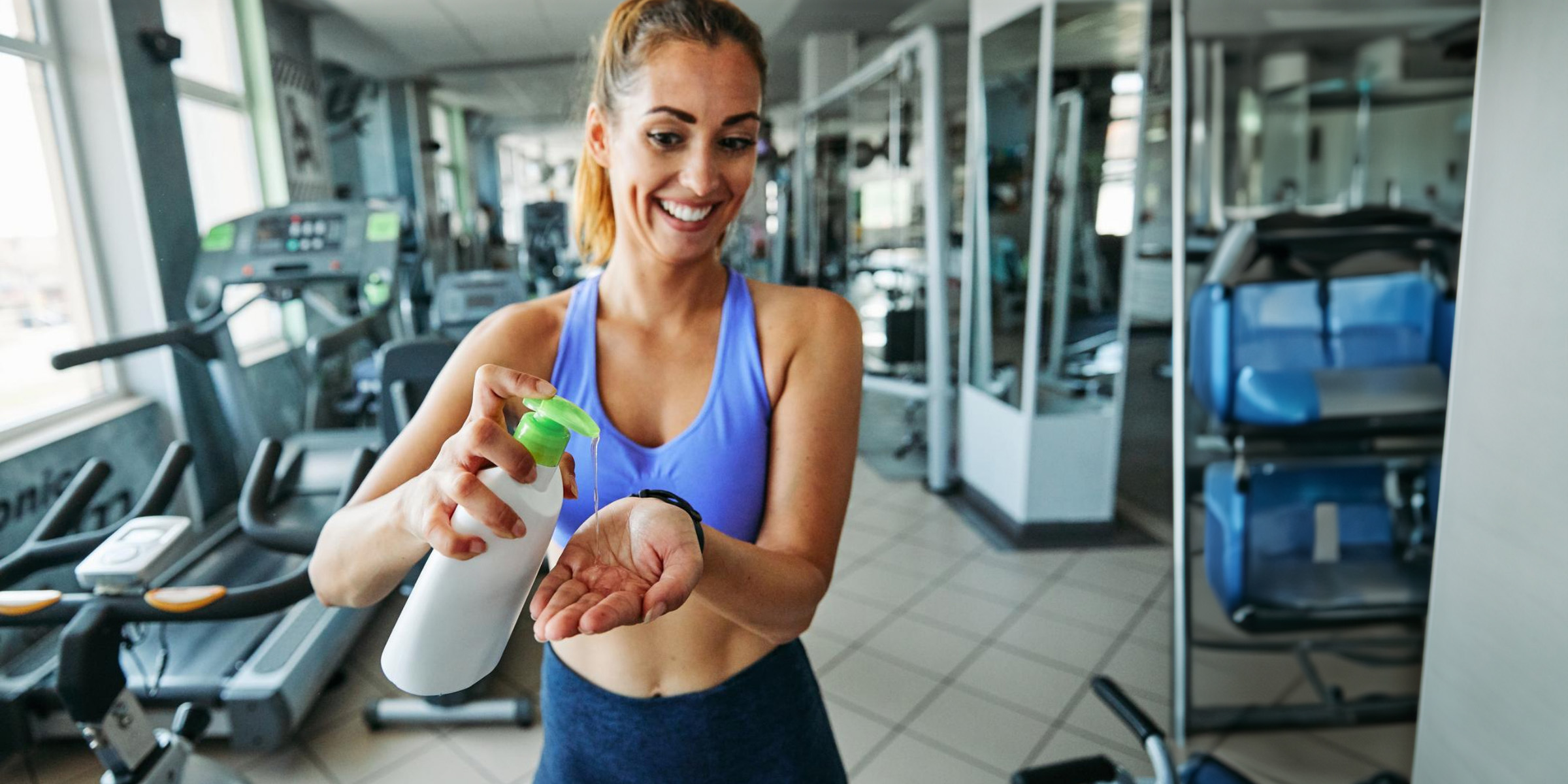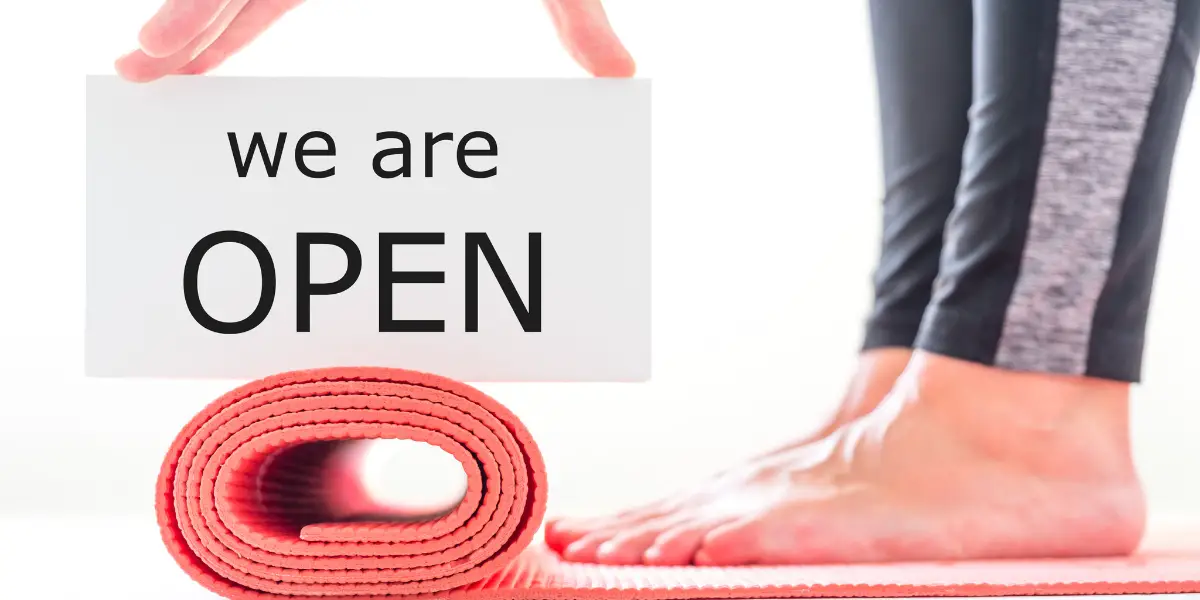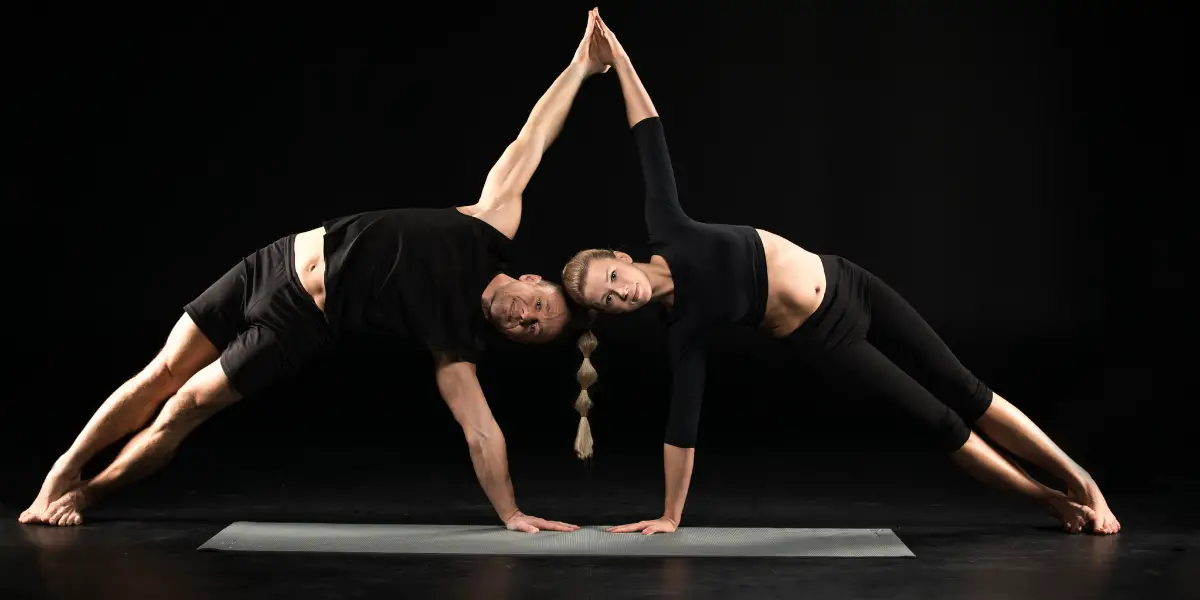In the realm of fitness and well-being, the role of equipment is paramount, and within that space, the instruments used for Pilates hold a unique significance. As a violinist tends to the strings of their cherished instrument, those dedicated to the art of Pilates must give equal reverence to the upkeep of their apparatus. As with everything, attention to detail in care and preservation assures optimum performance and guarantees longevity.
Regularly inspect equipment for wear. Wipe down machines post-use with a gentle cleanser; avoid harsh chemicals. Lubricate moving parts as needed. Replace worn-out springs and components. Store in a cool, dry place. Attend to upholstery tears promptly. Following these steps will extend equipment life.
Delve into the nuances of ensuring your Pilates equipment stands the test of time, serving your body and soul for years.
Routine Inspection: Preventing Wear and Tear
Regular inspections are the first line of defence in prolonging the lifespan of your Pilates equipment. By addressing minor issues before they become major ones, you can ensure a safe and effective workout experience. Here are some essential steps and things to keep in mind:
Visual Check: Begin with a visual assessment of your equipment. Look for any signs of wear, such as frayed ropes, loose screws, or rust on metal components.
Feel and Listen: Avoid unusual noises or vibrations while using the equipment. These can be early indicators of parts that need tightening or replacement.
Check Upholstery: Examine the padded areas for any rips or signs of thinning. Damaged upholstery can affect comfort and safety.
Examine Springs and Ropes: These parts are prone to wear out over time. Ensure they are still elastic and replace them if they show signs of over-stretching or corrosion.
Tighten Bolts and Screws: Over time, screws and bolts can become loose due to the repetitive movements of exercises. Regularly tighten these to maintain stability.
Safety First: If you need more clarification about the condition of any part of your equipment, it’s always best to consult with a professional or refer to the manufacturer’s guidelines.
By integrating routine inspections into your regular Pilates practice, you’ll ensure your equipment’s longevity and enhance your workouts’ safety and efficacy. Remember, a little attention now can prevent costly repairs or replacements.
Effective Cleaning: Products and Procedures
Cleaning should be systematic and regular to keep your Pilates equipment in top shape and ensure its longevity. Not only does this maintain the aesthetic appeal of your equipment, but it also ensures that it remains hygienic and free from substances that could degrade its quality. Here’s how to go about it:
- Select the Right Products: Choose mild, non-abrasive cleansers. Avoid those with harsh chemicals that can damage the materials of your equipment. For eco-friendly options, consider natural cleansers like a mix of vinegar and water.
- Daily Wipe-down: After each use, wipe down all surfaces with a soft, damp cloth. This removes sweat and oils, which can degrade upholstery and metal components over time.
- Deep Clean Monthly: Once a month, thoroughly clean your equipment. Detach removable parts if possible and clean them separately.
- Upholstery Care: For padded areas, use a gentle fabric cleanser. Always test in an inconspicuous spot first to ensure it doesn’t discolor or damage the material. Vacuuming the upholstery occasionally can also help in removing dust and particulates.
- Metal and Wood Components: A damp cloth with mild soap works well for metal parts. Consider using specialized wood cleaners or polishes for wooden components that can rejuvenate and protect the wood.
- Handle with Care: Avoid scouring pads or brushes that can scratch and damage surfaces. Instead, opt for soft cloths or sponges.
- Dry Properly: Ensure all parts are dried thoroughly after cleaning to prevent mold growth or rusting. Use a soft, absorbent towel and let the equipment air dry when possible.
- Maintenance Records: Keep a log of your cleaning routines. This helps you stick to a schedule and serves as a reference if you face any issues with the equipment in the future.
Clean Pilates equipment is more pleasant to use, functions better, and lasts longer. By adopting a systematic approach to cleaning, you can enjoy your workouts while ensuring the enduring quality of your investment.
Component Care: Springs, Ropes, and Upholstery
The heart of any Pilates equipment lies in its components – the springs, ropes, and upholstery that facilitate a seamless and effective workout. Taking care of these integral parts ensures that your exercises remain consistent, safe, and comfortable. Here’s a breakdown of maintaining these crucial elements:
- Springs: The Pulse of Pilates
- Regular Inspection: Over time, springs can lose their elasticity. Routinely stretch and inspect them for signs of wear or over-extension.
- Replace Promptly: Once springs show signs of fatigue, it’s essential to replace them to maintain the equipment’s efficacy and safety.
- Lubrication: Occasionally lubricate the springs to ensure they move smoothly without squeaking.
- Ropes: Ensuring Flexibility and Strength
- Examine for Fraying: Ropes should be checked frequently for any signs of fraying or wear, as these can snap during exercises.
- Correct Tension: Ensure that the ropes maintain the proper tension, adjusting as necessary for an effective workout.
- Clean Gently: Use a mild detergent with water to clean ropes, ensuring they’re dried properly afterward.
- Upholstery: Comfort Meets Durability
- Spot Clean: Address spills or stains immediately with a soft cloth and mild detergent to prevent lasting damage.
- Protect from Direct Sunlight: Prolonged exposure can fade and weaken the material. Store equipment in a shaded area or use covers.
- Conditioning: For leather or faux leather upholstery, occasionally use a conditioner to maintain suppleness.
- Patch Up Promptly: For minor tears, consider patching them up quickly to prevent them from expanding.
- Storing Accessories: If your equipment comes with detachable components or accessories, store them in a cool, dry place when not in use.
Being attentive to the nuances of each component’s care can drastically extend the lifespan of your Pilates equipment. After all, the sum of these parts culminates in a holistic workout experience, so each deserves individual attention and care.
Storage Solutions: Protecting Equipment from External Factors
Storing Pilates equipment properly is just as crucial as its routine maintenance. Effective storage not only preserves the integrity of the equipment but also safeguards it from environmental factors that might hasten wear and tear. Here’s a guide to optimizing your storage solutions:
- Controlled Environment:
- Store your equipment in a cool, dry place. Humidity can cause corrosion in metal parts and degrade upholstery.
- Ensure proper ventilation to prevent mold and mildew buildup, especially in padded areas.
- Away from Direct Sunlight:
- UV rays can fade and weaken the material of your equipment, especially the upholstery. Ensure your storage space keeps the equipment from prolonged direct sunlight.
- Space Utilization:
- Allocate adequate space around your equipment to ensure easy access and prevent accidental bumps or damages.
- Consider wall-mounted racks or hangers for smaller items to keep the floor area clutter-free.
- Protective Covers:
- Invest in quality covers that shield the equipment from dust, spills, and scratches.
- For machines with delicate components, padded covers offer an extra layer of protection.
- Ground Matters:
- Place equipment on flat, stable surfaces. Using anti-slip mats or pads can prevent movement and potential damage.
- Elevate equipment slightly if stored in areas prone to flooding or water leakage.
- Regular Rotation:
- If you have multiple pieces of the same equipment, consider rotating their use. This ensures even wear and prolongs the lifespan of each piece.
- Dismantling for Long-term Storage:
- Consider dismantling larger machines into smaller components if storing equipment for extended periods. This can prevent undue stress on springs and other parts.
- Label and Organize:
- If you have multiple accessories or detachable parts, label them and organize them in dedicated containers or bags. This facilitates easy reassembly and ensures no parts are misplaced.
Taking a strategic approach to storing Pilates equipment is a testament to the adage, “out of sight, out of mind.” Proper storage solutions ensure that even when your equipment is inactive, it remains protected, ready for your next session, and primed for the long haul.
Sources:
https://www.norberts.net/news/30/Tips-for-Maintaining-and-Caring-for-Gymnastics-Equipment.html




